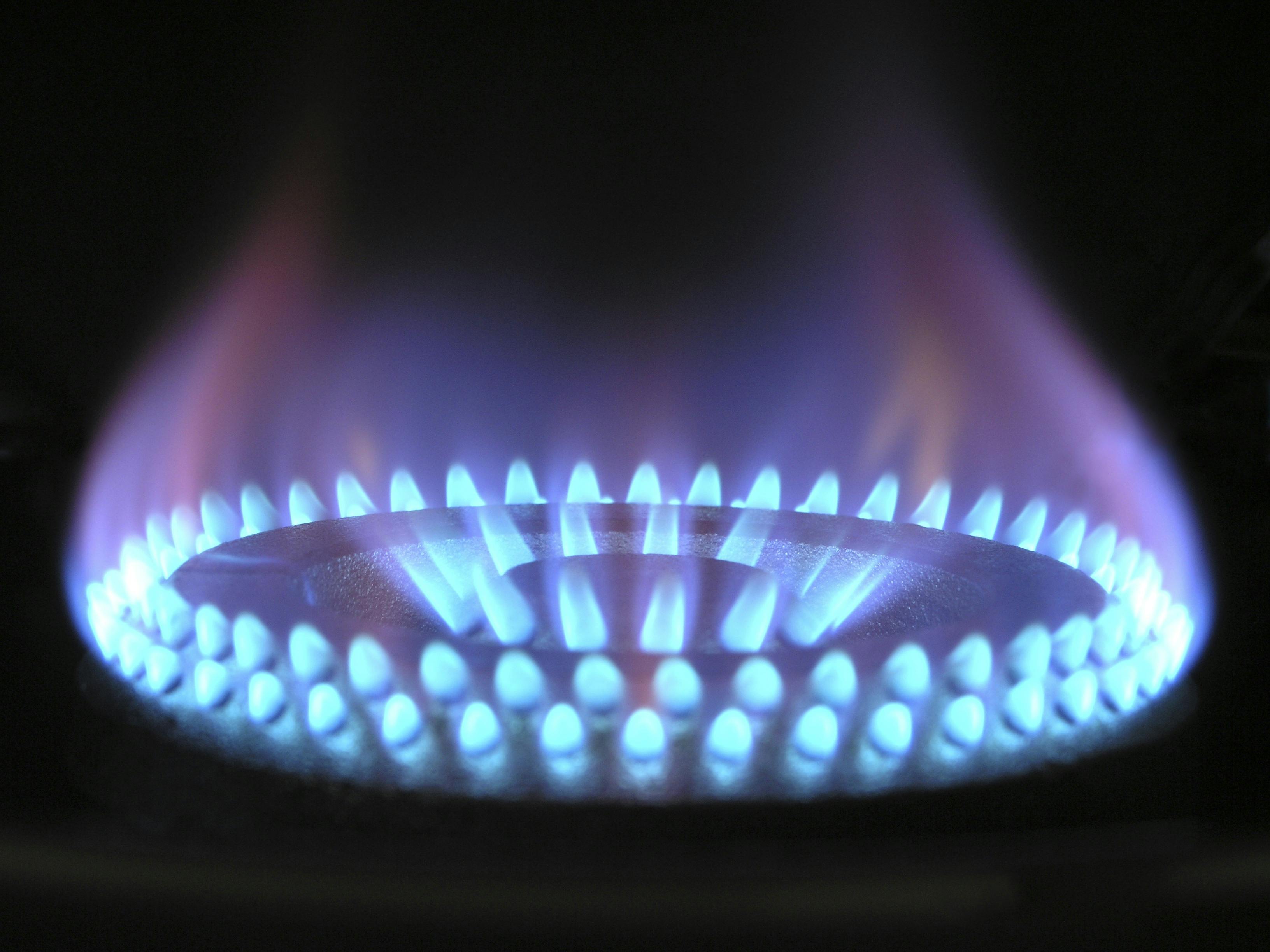
The combination of hydraulic fracturing and horizontal drilling – sometimes known as the ‘shale revolution’ – has enabled Texas, Pennsylvania and other states to produce record quantities of natural gas, some of which is being frozen (liquefied), loaded into giant ships, and transported to customers in places like Chile, China and India. Thanks to the environmental policies of Gov. Andrew Cuomo, New York has missed out on this windfall.
Now, in a preview of what life might be like under the Democrats’ proposed Green New Deal, some New Yorkers are about to face a natural gas shortage. Consolidated Edison, the energy utility that provides gas and power to the New York City area, announced last month that beginning in mid-March it would ‘no longer be accepting applications for natural gas connections from new customers in most of our Westchester County Service Area.’ The reason for the shortage is obvious: The Cuomo administration has repeatedly blocked or delayed new pipeline projects. As a Con Edison spokesman put it, there is a ”lot of natural gas around the country, but getting it to New York has been the strain.”
New York policy makers have also killed the state’s natural-gas-drilling business. In 2008 New York’s drillers produced about 150 million cubic feet of natural gas a day – not enough to meet the state’s needs, but still a substantial amount. That same year legislators in Albany passed a moratorium on hydraulic fracturing, the process used to wring oil and gas out of underground rock formations. In 2015 the Cuomo administration made the moratorium permanent. By 2018 New York’s gas production had declined so much tat the Energy information Administration quit publishing numbers on it.
The state is dependent on imports even though it sits atop the abundant Marcellus Shale.
New York now imports nearly all of its gas even though the Marcellus Shale, one of the biggest and most prolific sources of natural gas in the country extends into the state’s Southern Tier region. To get an idea of how much gas the state might have been able to produce from the Marcellus, New Yorkers can look across the state line to Pennsylvania, which now supplies about two-thirds of the gas consumed in New York. At the end of 2018, Pennsylvania drillers were producing about 18 billion cubic feet of gas a day. That’s more gas than Canada now produces.
By keeping its natural gas in the ground, New York has lost out on jobs and tax revenue. By 2015, some 106,000 were directly employed by Pennsylvania’s oil and gas industry, making it bigger than the state’s steel sector. This year Pennsylvania‘s state government is expected to take in 247 million in gas related fees.”
More from Mr. Bryce: “New York’s government-imposed gas shortage will likely get worse. In April 2020, Entergy, the utility that owns Westchester’s Indian Point Energy Center will permanently shutter one of the two reactors at the 2,069-megawatt nuclear facility. It will shut down the other reactor in April 2021. The closures are the result of low electricity prices and years of costly legal battles with environmental groups and state regulators. Indian Point supplies about 25% of the electricity consumed in New York City.
According to the New York Independent System Operator, the non-profit that manages the state’s electric grid, three gas-fired generators, two of which are in New York State, will replace Indian Point’s output. If utilities are already running short on gas, where will they get the fuel for the generators to replace the juice now coming from Indian Point.”
Still more from Mr. Bryce: “New York Public Service Commission Chairman John B. Rhodes doesn’t appear overly concerned. A few days after Con Ed announced the moratorium on new gas connections, he issued a statement saying his agency is ‘taking quick and diligent steps to address’ the issue by pushing utilities to seek ‘natural gas supply alternatives.’ His statement had four mentions of ‘clean energy’ but no mentions of the word ‘pipeline.’
The gas shortage means more bad news for Westchester County, which is already wobbling at the prospect of losing about 1,000 jobs when Indian Point closes. Last month Assemblywoman Amy Paulin, a Democrat from Scarsdale, told a local newspaper that the moratorium on new gas connections would ‘devastate’ development in her district. She said the gas shortage would pose a particular problem for the development of affordable housing units.
‘This probably represents a billion dollars of development that will just stop,” said Yonkers Mayor Mike Spano in an interview with the local CBS affiliate. ‘These big-pocketed developers are just going to move their developments to other communities.’
Policies have consequences. The moratorium on gas connections in Westchester is one of the knock-on effects of the anti-hydrocarbon policies of the Cuomo administration, and consumers will be pay the bill.”



